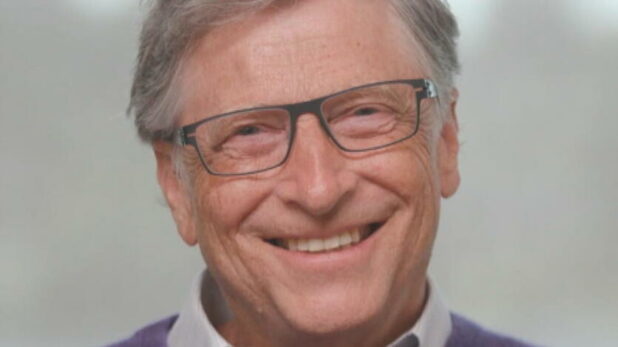It’s here.
The monkey’s pox.
It’s the nightmare the government told you coronavirus was. The only difference is, it’s actually real this time.
A fifth person has tested positive for monkeypox in New York City, local health authorities announced on Thursday, saying “we are monitoring the situation and will investigate any other suspected cases”.
This positive test was revealed the same day the federal Centers for Disease Control and Prevention reported that there have been a total of 21 confirmed monkeypox cases across the US in 2022.
As of late Thursday afternoon, the CDC reported there were 790 confirmed cases in 28 countries. These monkeypox cases have emerged as the world continues to reel from the Covid-19 pandemic, which has killed more than 6 million globally, with 1 million fatalities in the US since 2020, according to Johns Hopkins University data.
New York City health authorities have noted that the likelihood of contracting monkeypox remains low, but that protective actions could be taken. “Monkeypox is rare in New York City but we can prevent the spread,” the health department said.
Health officials noted that monkeypox is spread through “direct contact” with an infected animal or person, and that human-to-human spread is unlikely, usually taking place due to “open sores, body fluids or large respiratory droplets”. Sexual activity and talking closely are among the ways monkeypox might be transmitted, they said.
The means of preventing monkeypox are similar to protective measures against Covid-19, such as masking around others and washing hands, as well as avoiding contact with people who might have monkeypox, officials said.
Rosamund Lewis, the World Health Organization’s monkeypox technical lead, has said it is unclear how long the virus has proliferated outside the several African countries where it’s endemic. “We don’t really know whether it’s too late to contain,” Lewis said, according to CNBC. “What the WHO and all member states are trying to do is prevent onward spread.”
Bill Gates wants the capacity to vaccinate the entire planet in six months “to prevent pandemics.”
NEW – Bill Gates hails the "incredibly quick" creation of the first "mRNA vaccines" and now advocates developing, manufacturing, and injecting vaccines even faster next time.https://t.co/vXbYjbn62c
— Disclose.tv (@disclosetv) June 2, 2022
Gates writes in his blog:
In the next outbreak, we may not be so lucky. It could be caused by a virus that scientists haven’t studied as closely, or by one they’ve never seen at all.
This is why the world needs to adopt a serious plan for developing, manufacturing, and distributing new vaccines to prevent another pandemic. The manufacturing alone is a huge challenge: To prevent the inequities we’ve seen in COVID-19, the world needs to be ready to produce enough vaccines for everyone on the planet within six months of discovering a new pathogen. That’s 8 billion doses for a single-dose vaccine, and 16 billion for a two-dose version. In a typical year, around 5 billion or 6 billion doses are produced—that’s all vaccines combined.
The plan needs to cover four steps, starting with accelerating the invention of new vaccines.
…
Once a vaccine has been invented, the second step is to test it and get it approved for use in humans. Typically, it takes years to run all the trials necessary to prove that a vaccine is safe and effective—including time spent recruiting tens of thousands of volunteers. Assuming the vaccine proves out, it can take another year to get it authorized by the WHO and the relevant government agencies.
But when an outbreak is threatening to go global, we won’t have years. So we need ways to speed up the process without sacrificing the safety and effectiveness that people have come to expect from vaccines.
…
The third step, once a vaccine has been approved for use in humans, is to make enough of it fast enough to stop the outbreak. Ending a relatively small outbreak might require hundreds of thousands of doses of a new vaccine, which is not hard to make. (The world already produces more than 5 billion doses of vaccines every year.) But countries need to be prepared for the worst—another big outbreak in which everyone needs to be vaccinated—so we must be ready to produce as many as 8 billion or even 16 billion, roughly triple the amount manufactured in a typical year.
…
Finally, the fourth step in the world’s plan should be to make sure that new vaccines reach everyone who needs them—including people who live in low-income countries. In 2021, only 8 percent of people in those countries received at least one dose of a COVID-19 vaccine, while more than half of the world’s population did.
There doesn’t appear to be a choice involved here.
Gates was arguing that there shouldn’t have been a choice the first time, with the coronavirus.


